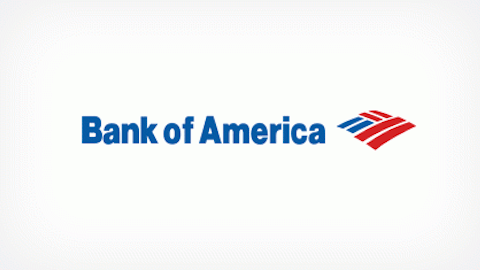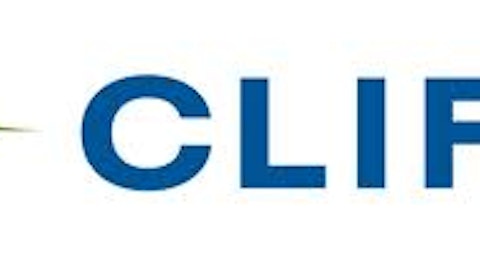9. The Subcommittee learned that the bank’s “risk metrics were intended to act, not as ironclad limits, but as guidelines and red flags.” CEO Jamie Dimon admitted “that a breach in a risk ‘limit’ was intended to lead to a conversation about the situation, not to an automatic freeze or unwinding of positions.”
10. But even those conversations apparently didn’t happen. “As the CIO’s VaR [a key risk metric] continued to climb, the documentation produced to the Subcommittee contains few emails, messages, or telephone calls asking whether the CIO’s trading strategy made sense.”
11. The CIO responded to risk alarms by ignoring, minimizing, and rewriting their risk models. The head of the CIO’s equity and credit trading operation estimated they could get $7 billion — more than 50% of the total risk-weighted asset reduction they needed — by simply modifying risk models.
12. It wasn’t a violation of bank policy that the analyst who was “rushed” and “under a lot of pressure” to rewrite the VaR model worked for traders instead of risk managers and had no experience creating VaR risk models.
13. The CIO must have been desperate to get its new risk model up and running. Here’s what the Subcommittee reports:
A critical risk model for a portfolio containing hundreds of billions of dollars of financial instruments, operated by the man who developed the model at the behest of the portfolio manager, included flawed and untested components, and depended upon manual uploads of key trading data daily for its calculations. This untested, unautomated, error prone VaR model was nevertheless put into place at a bank renowned for its risk management.
JPMorgan Chase & Co. (NYSE:JPM)’s chief regulator, the Office of the Comptroller of the Currency (OCC), later called the implementation efforts “shocking” and “absolutely unacceptable.” JPMorgan’s current acting Chief Risk Officer agreed.
14. Overnight, the new VaR model artificially lowered calculated risk by 50%:

15. Another risk model indicated losses could total $6.3 billion — it proved correct. But at the time, a key CIO risk manager dismissed the figure as “garbage.”
16. A separate group of key risk limit breaches grew to some 270% the allowable amounts by February. Drew agreed to increase the limit: “I have no memory of this limit. In any case it need[s] to be recast with other limits. [It is] old and outdated.”
17. By April 17, 2012, a JPMorgan Chase & Co. (NYSE:JPM) close of business email notification stated that limit had been breached by 1,074% for 71 days.
18. The CIO didn’t have any limits requiring basic diversification. The Subcommittee found that “Concentration limits are such a well-known, fundamental risk tool, that their absence at the CIO is one more inexplicable risk failure.”
19. The OCC told the Subcommittee that after reviewing the portfolio’s activities, it was clear that the CIO traders had made trades that violated the CIO’s risk limits with “aggressive positions” in a way that was “unsafe and unsound.” Also, OCC said the credit trades were “risk additive” rather than “risk reducing.”
20. JPMorgan finally revoked the flawed VaR model in May 2012, after the London Whale scandal broke. But just four months later it revised the model again, lowering JPMorgan’s overall VaR by 20%.
Mismarking the books
In early 2012, as the CIO began experiencing a sustained series of daily losses in its Synthetic Credit Portfolio (SCP), it suddenly began to change how it valued its positions. Traders began referring to the difference between the prices reported internally and the actual mid-point prices as “lag.”
The evidence below suggests a somewhat “creative” approach to security valuation.
21. On a March 9, 2012, phone call with Bruno Iksil, fellow trader Julien Grout expressed concern about how “we’re lagging,” predicting that the final outcome of the trading strategy would be “a big fiasco” and “big drama when, in fact, everybody should have … seen it coming a long time ago.” He cautioned: “We have until December to cover this thing. … [W]e must be careful.”




